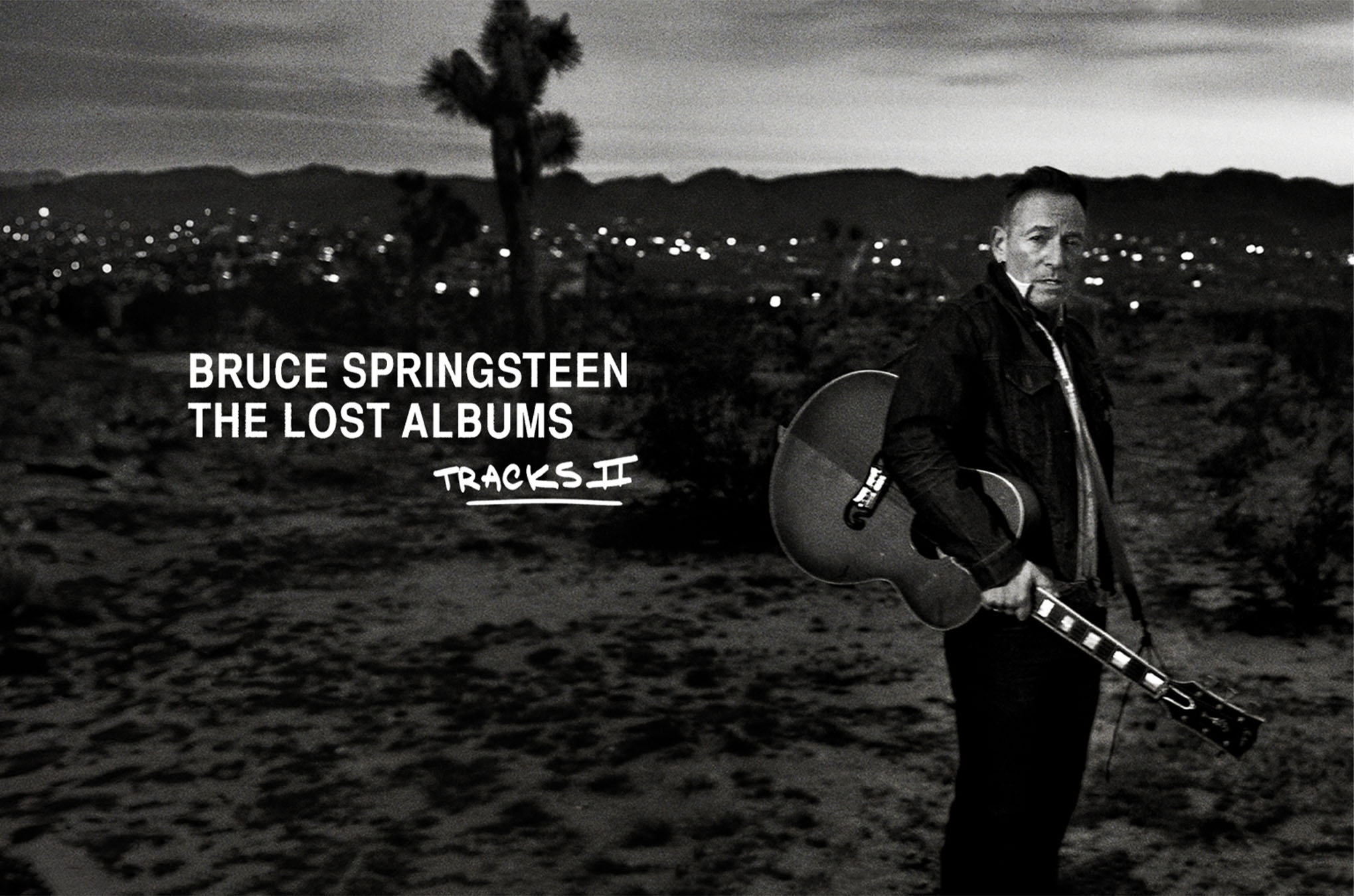Bruce Springsteen's new track shows why music and hi-fi can be a love, hate relationship
If it is recorded badly, it is not going to get you dancing in the dark, even on a decent hi-fi system

Music is a funny thing for hi-fi fans. Most of the time we love it. That’s why we spend time and money finding the best hardware we can afford to play it on. But if you’re like me you can also hate it at times.
Why? Because bad recordings that are too compressed, noisy or generally poorly mixed to ever truly shine, even on Temptations level hardware, are all too common, even among arena filling acts.
As one of the people that loves prog and punk rock, this phenomenon is often showcased when I change lanes from one genre to the other.
This is because, if you look at our best prog rock tracks guide and you’ll see a range of songs from musicians who were just as skilled at recording and studio wizardry as they were at their instruments.
Conversely, punk, a genre about raw authenticity above all else, struggles with recording. This is because most of the early bands I love recorded using whatever they could find in their garages, or the impromptu location of one of their crammed gigs.
That’s why so much of the original, classic albums are compressed messes full of unintentional distortion, a profound lack of detail and various other crimes – sometimes literally if you check out some of GG Allin’s live “work”.
Part of the charm? Sure, but there’s no getting around the fact that the “album” versions of most punk tracks are a little too rough around the edges to test hi-fi. For me, this can lead to more than a little frustration, as half the time I’ve seen them live and know what the track “should” sound like.
Get the What Hi-Fi? Newsletter
The latest hi-fi, home cinema and tech news, reviews, buying advice and deals, direct to your inbox.
And that issue isn’t isolated. There are entire swathes of incredible albums and tracks that weren’t engineered or recorded with appropriate care to let fans hear them as the artist intended across every genre you can think of.
Which is why I’m always a big fan when a veteran artist chooses to revisit their work and use the knowledge and experience they’ve accrued over the years to bring old tracks back to life.
Most recently, this was showcased by Bruce Springsteen and his, sort of new, track Rain in the River.
Springsteen’s work has never been outright badly mastered. In fact, sometimes it’s very good. Listening to it on car rides in my dad’s stereo system, it definitely was enjoyable.
To this day, I challenge anyone to not feel a minor tingle of excitement as the E Street Band’s wall of sound hits you like a freight train during the start of Born to Run.
But generally, he has been somewhere between the two extremes mentioned above. Some of his early 70s and 80s work did a great job delivering the dynamics and energy of the band and source material, but there was definite distortion.
At times, I’ve felt that some of his work during this period also suffered from the industry trend to push volume over detail as well.
Later, some of it became a little too polished and that energy and rawness was lost. This polish and him sounding “too happy” is often viewed as a reason he didn’t release much during the 90s – which are often referred to as the lost years by Springsteen fans.
Rain in the Water is a track from his soon-to-be-released Tracks II: The Lost Albums, which collects 83 songs he composed between 1983 and 2018, but chose not to release at the time.
Revisited, and given an extra layer of attention, if this track is anything to go by, we’re in for a treat when the full collection is released on the 27th of June.
It’s a dark, narrative-driven piece that highlights Springsteen's skill as a storyteller. From the opening synth through to the track’s textured, booming ending, there’s a freedom and power to it that makes it a true showcase of what has made Springsteen great throughout his career, while also demonstrating what he’s learned along the way.
The kicking drum, intertwining rhythm and lead guitars that alternate between the left and right channels and bellowed, gruff vocals are there. But there is a sense of separation between instruments that was sometimes missing on his earlier recordings.
Close your eyes as the harmonica and backing gospel vocals enter you get a true stereo image, and can imagine where each player is standing on stage as they play – even when listening to it on a pair of Technics EAH-A800 headphones, streaming at 16-bit / 44.1 kHz on Tidal.
Is it one of the best test tracks ever? Not by a long shot. But whether it is because he truly had the time to revisit them and “record them on his own time, on his own terms” as his label claims, or something else, the song has been playing on repeat since I heard it.
I can’t wait to get my copy of Tracks II on vinyl and give all his revisited work the attention it deserves come June as a result.
MORE:
These are the best wireless headphones we recommend
Our reviewers’ picks of the best music streamers
We rate the best record players money can buy

Alastair is What Hi-Fi?’s editor in chief. He has well over a decade’s experience as a journalist working in both B2C and B2B press. During this time he’s covered everything from the launch of the first Amazon Echo to government cyber security policy. Prior to joining What Hi-Fi? he served as Trusted Reviews’ editor-in-chief. Outside of tech, he has a Masters from King’s College London in Ethics and the Philosophy of Religion, is an enthusiastic, but untalented, guitar player and runs a webcomic in his spare time.
You must confirm your public display name before commenting
Please logout and then login again, you will then be prompted to enter your display name.

